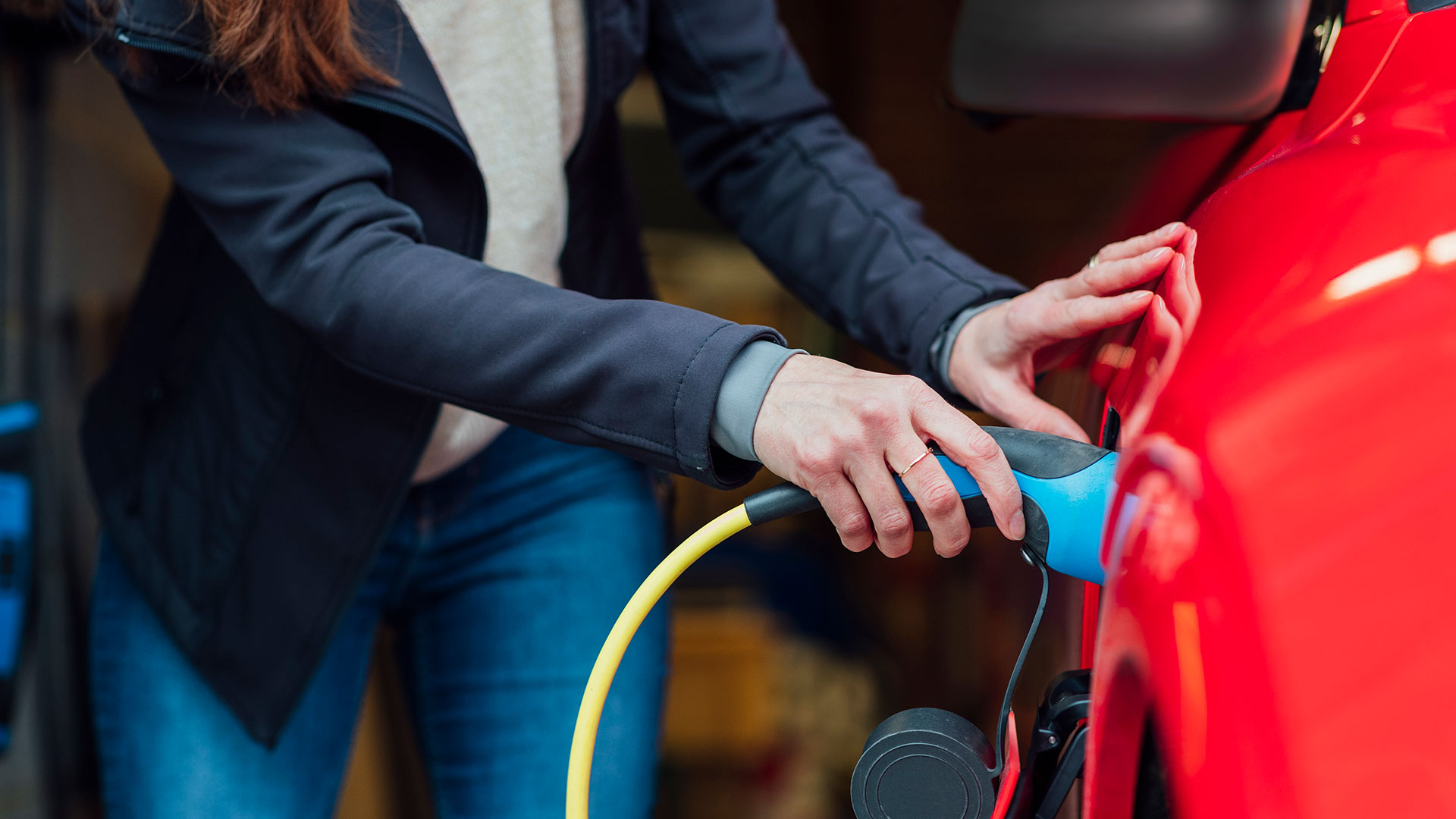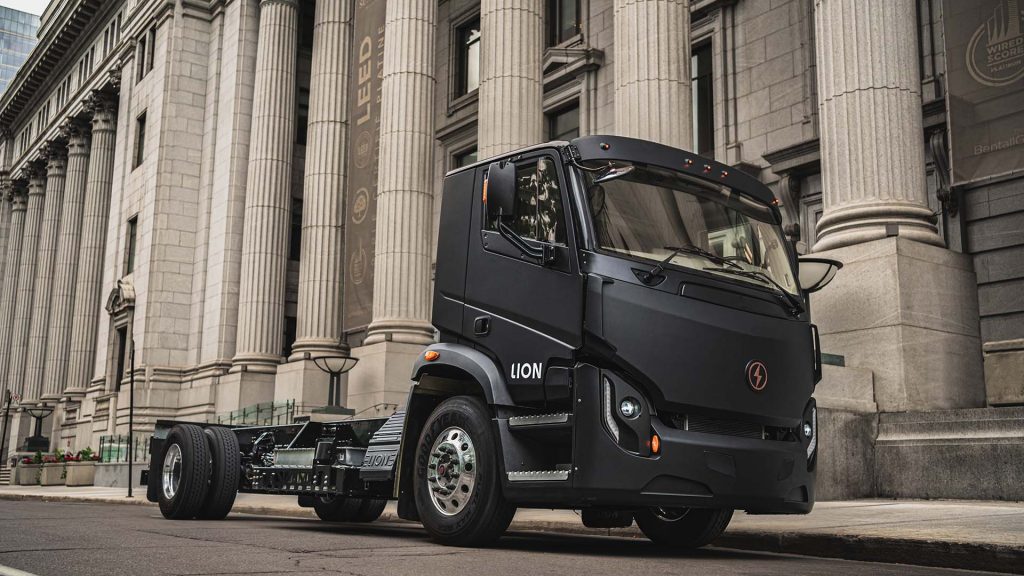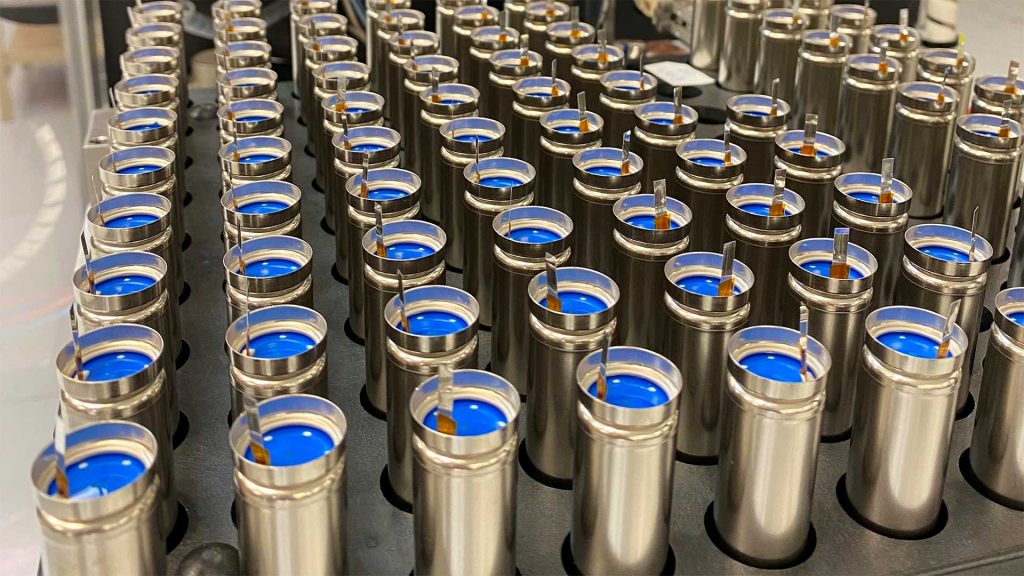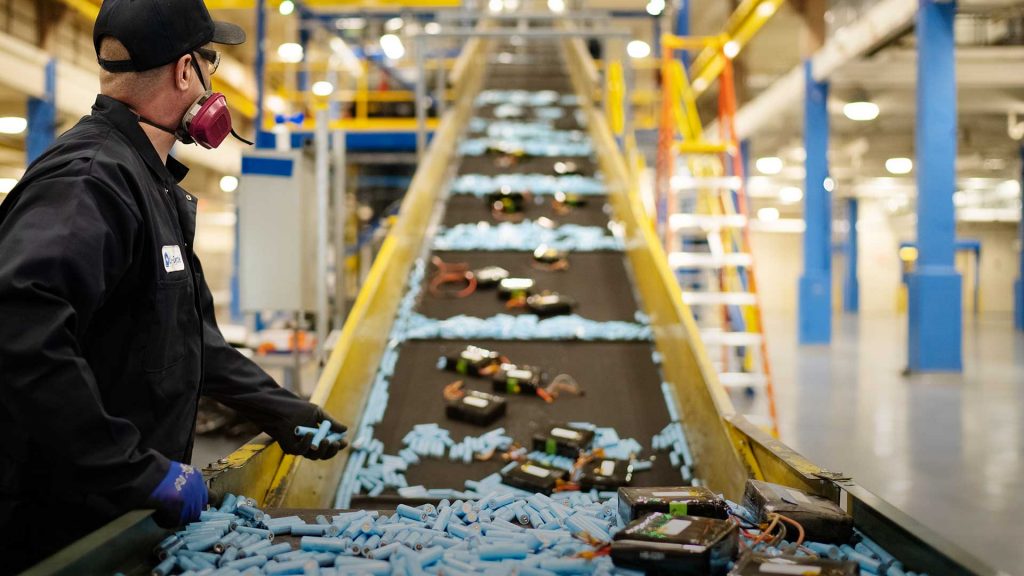
Why Canada is the strongest link in the EV battery supply chain
Electric vehicles (EVs) are paving the way to green mobility, offering consumers a zero-emission solution to transportation. Accelerating this roadmap is Canada – the only country in the Western Hemisphere to offer an end-to-end supply chain for battery-powered EVs.

A global commitment to EVs
In March 2022, Korea-based LG Energy Solution and Stellantis N.V. – the Dutch-headquartered successor to Fiat Chrysler Automobiles and PSA Group – announced a joint-venture investment to manufacture batteries for EVs. The project, which will see a total investment of over $5 billion, includes support from the Government of Canada and the Government of Ontario. When operations begin around 2025, the facility will supply Stellantis plants in Windsor, Ontario and across North America.
This investment is a huge step in Canada’s mission to become a global hub for batteries and EV manufacturing, yet it only marks one of many.
Plans for two Cathode Active Materials (CAM) facilities in Quebec were announced within days of each other. BASF, the Germany-based global chemical company, has secured land to build a CAM and battery metals recycling plant. Meanwhile, General Motors (GM) Canada and Korea-based Posco have laid down their plans to build a CAM facility for GM’s Ultium batteries, an investment estimated to total C$500 million. Honda has also announced plans to spend more than C$1.4 billion over 6 years to retool its Canadian assembly plant and begin the manufacturing of hybrid vehicles in 2023.

An end-to-end supply chain
With a footprint in every stage of the EV battery supply chain, Canada possesses all the critical components needed to build an end-to-end process – and all the resources to do so responsibly. Thanks to the country’s long-standing commitment to Environmental and Social Governance (ESG), the minerals required for EV batteries (lithium, cobalt, manganese and nickel) can be mined sustainably.
Once battery materials are processed in CAM and cell facilities, Canadian manufacturers can build on their leading capabilities, putting batteries into vehicles. Five of the world’s leading automakers – Ford, GM, Honda, Stellantis and Toyota – operate in Canada. Even before Honda’s announcement, auto manufacturers pledged more than $4 billion for EV production in Canada.
And, although the EV battery supply chain is a sustainable production cycle, every battery has to be disposed of at some point. Fortunately, Canada is a world leader in the emerging industry of battery recycling, with companies such as Li-Cycle and Lithion pioneering disposal technologies for domestic and global markets.

Canada’s sustainability mission
Canada has made the fight against climate change a top priority. It has set goals of reducing greenhouse gas (GHG) emissions to 40-45% below 2005 levels by 2030, achieving 100% EV sales by 2035, and becoming net-zero by 2050. With close to 30% of GHGs coming from the transportation sector, a start-to-finish electric vehicle supply chain stands to be one of Canada’s greatest contributions in the global race to lower carbon emissions.
With access to high-growth markets on four continents, one of the most highly educated workforces in the world, a stable business climate, and progressive social values, Canada stands to be the ideal destination for companies looking to make a mark within their industry.
Read More








